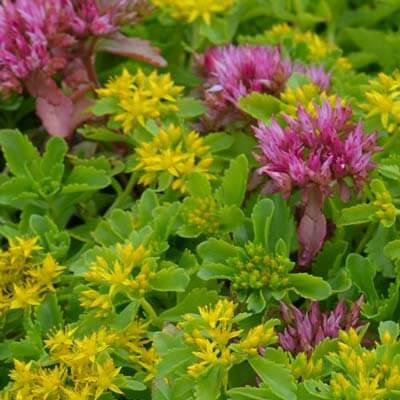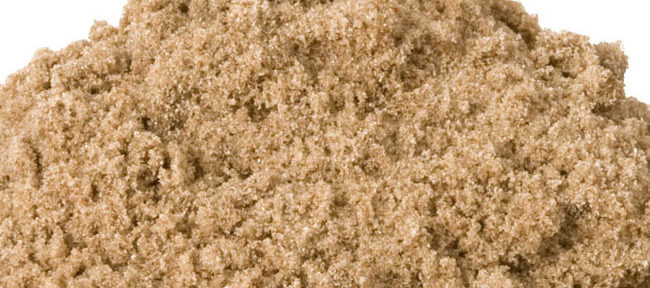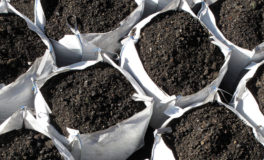What Is Sandy Soil?
Pros and cons of sandy soil – Sandy soil doesn’t behave too differently to the sand you’d find on a beach. If you pick some up and rub it between your fingers, it will feel gritty compared to types of soil like clay or silt. In addition, any lumps will break apart quite easily and, unless very wet, it won’t hold together easily if you squeeze it in your hand.
Sandy soil has a gritty texture and is not very good at retaining water or plant nutrients
Advantages Of Sandy Soil
The relatively large particles which make up sandy soil are responsible for making it drain very readily, as it’s easy for water to flow between them. This loose texture also makes it easy to work with, and few plants will struggle to establish their roots in sandy soil (as long as they get enough nutrition and water).
Soil that is low in nutrients is ideal for growing wildflowers.
Disadvantages Of Sandy Soil
The free draining property of this soil means that it doesn’t require much of a dry spell for the soil to be totally devoid of moisture and so unless you choose very drought tolerant plants, you’ll need to get out the watering can and sprinkler often over summer.
As well as being unable to hold water, sandy soil struggles to hold many nutrients, and any additional fertilizer you add can be quickly washed away.
 Embrace the properties of sandy soil by growing drought tolerant hardy plants such as sedums
Embrace the properties of sandy soil by growing drought tolerant hardy plants such as sedumsPlants For Sandy Soil
If you’re a keen gardener, and willing to keep plants well fed and watered, there isn’t a great deal of restriction on what you can grow in most sandy soils. Of course, those that thrive without water will do particularly well.
If you can’t be bothered with the high maintenance some plants require in this type of soil, root vegetables are known to grow much better in sandy soil than other types and, apart from keeping weeds away, shouldn’t require much input.
Plants For Dry Soil
Sea thrift is a UK wild flower that does well in sandy soils
- Lavender and other Mediterranean herbs such as rosemary and thyme
- Tulips
- Achillea
- Dianthus
- Poppies
- Salvia
- Sedums
Ground Cover Plants For Sandy Soil
If you need low maintenance ground cover for a sandy soil, Sedum matting is ideal. Once established it needs little or no irrigation, it flowers all through the summer and is a magnet for butterflies, bees and other pollinating insects. More about sedum matting groundcover
Growing A Lawn On Sandy Soil
If you are growing a lawn on sandy soil, choose turf rather than seed – it will establish quicker. Always use a pre-turfing fertiliser and remember to feed regularly between March and November. Topdressing the lawn in autumn will help to add heart to the soil.
How To Improve Sandy Soil
The best way to improve sandy soil is by increasing its ability to retain moisture and other benefits, such as holding nutrition, will follow. Adding compost or coir is a good way of generally improving the soil in this regard.
Burying manure or other organic matter around new plants will give both moisture retention and nutritional benefits.

 Are you working with loam soil?
Are you working with loam soil?  Working With Clay Soil
Working With Clay Soil  Benefits of our topsoil
Benefits of our topsoil 

